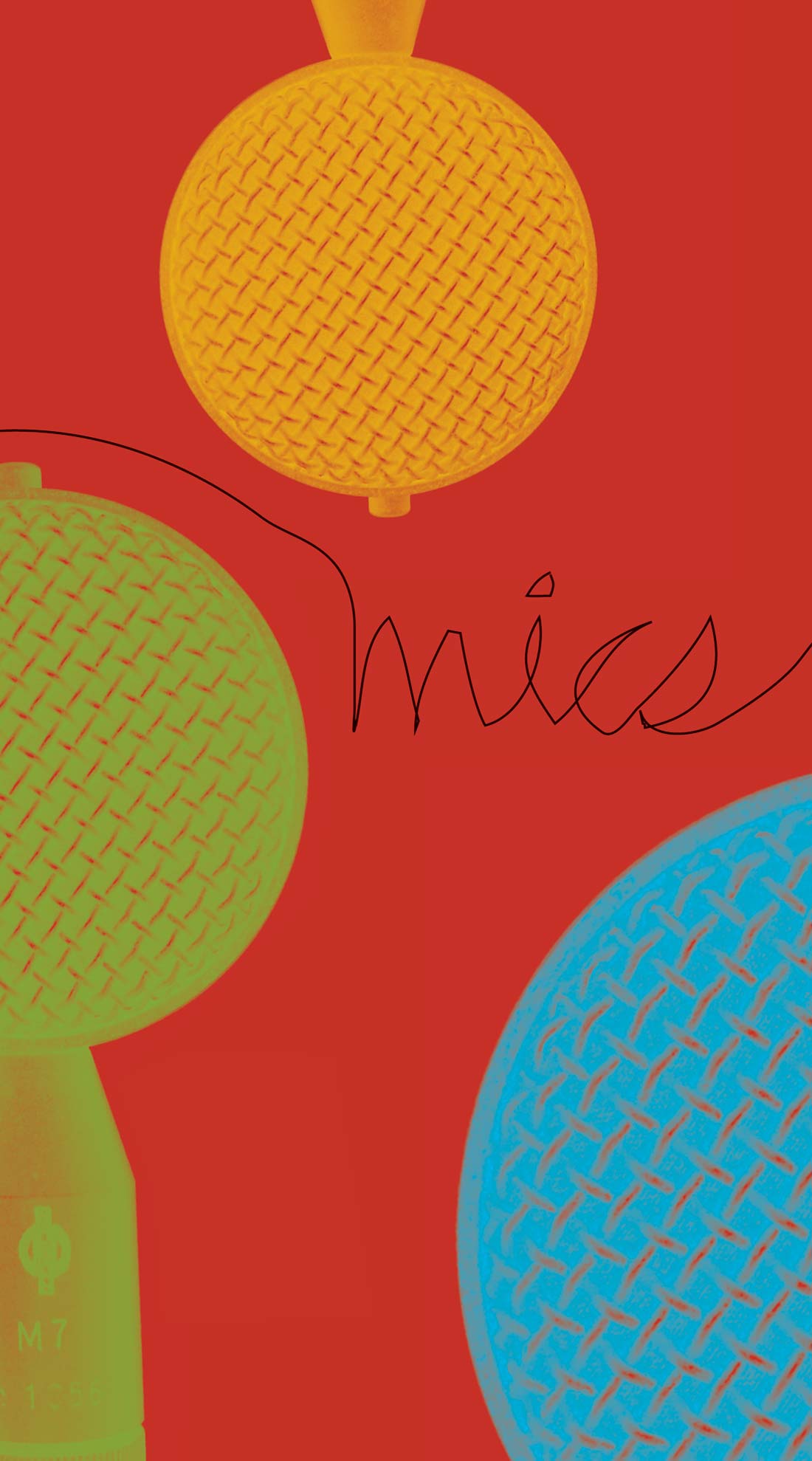Behringer gets bashed a lot because they've managed to drive down the price of project studio gear significantly without raising (or in some cases maintaining) the level of quality set by manufacturers like Mackie and BOSS, whose gear Behringer has been known to imitate. I personally have no Behringer horror stories to share. I've had good luck using the Behringer Composer in both live and studio settings. I even broke down and purchased their little $50, six-channel Eurorack so I could put it between my Mackie and the one $150 cable connected to my $2000 speakers. I know. It makes no sense.
Behringer recently introduced two control surfaces that connect to your computer via USB (or MIDI with somewhat limited functionality) and support both Mac and PC. The BCF2000 fader box has eight 100 mm motorized faders, eight rotary/push encoder knobs, twenty assignable buttons, and encoder group and preset buttons. The BCR2000 rotary box has twenty-four rotary knobs instead of faders and is otherwise identical to the fader box. Both controllers are equipped with a simple LED display reflecting the active function.
How do they work? I am a Mac user, and as usual, the support for the Mac is lagging substantially. Fresh out of the box, the firmware was out-of-date, so a SysEx transfer of the latest firmware via USB was necessary. I used an application called SysEx Librarian, found on VersionTracker. Once this was done, the units ran in various modes pre- configured for Pro Tools, Nuendo, Sonar, and more. There are also emulation modes for the more widely supported Mackie controllers.
After no success getting Cubase SX3 to talk with the fader box in generic controller and Mackie mode, I trolled the forums and found that the Mackie HUI emulation was working for other users. It worked like a charm once I realized that the unit must be powered on when SX3 is launched (otherwise it's crash city!!!) and added as a controller (seen as a Mackie HUI by SX3).
Faders, mutes, and solos worked without any fuss at all. I found myself not thinking twice about using it as a transport. I'm still getting used to the idea of hardware faders and buttons that talk to my virtual mixer. Ultimately, productivity and creativity will benefit greatly from having a physical connection to tracks in progress.
The BCR2000 rotary controller was purchased exclusively for use with Reaktor and Kontakt. Reaktor has the simplest MIDI controller assigning of any app I've seen and begs for a bay of knobs and/or faders to talk to it. As I suspected, it's a dream come true! I assigned 28 of the 32 rotary knobs, and all 16 of the assignable buttons to different parameters of the Reaktor goBox ensemble, and it rocked the computer harder than it's been rocked before. It was like playing with a tape echo or an analog filter for the first time! Endless fun! I have yet to attempt to integrate the BCR2000 with any other applications. But with Reaktor, I could not be much happier.
I'm happy with both control surfaces, but I hope Mac support improves. For the money, nothing comes close for features. I paid $350 for the pair. Each unit might demand $350 by itself if produced by a competing manufacturer. (BCF2000 $239.99 MSRP, BCR2000 $159.99; www.behringer.com)




_disp_horizontal_bw.jpg)